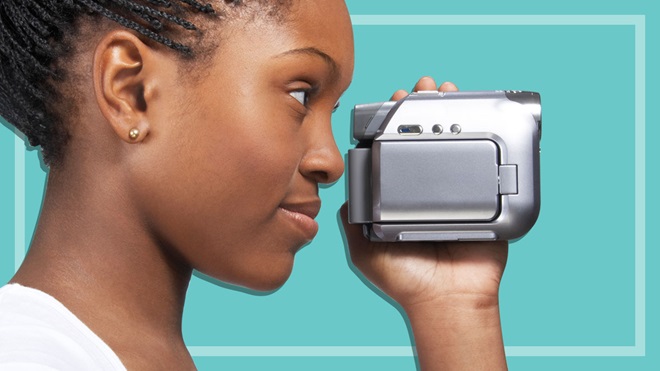We no longer test video cameras. For more CHOICE recommendations, check out our top 50 product reviews.
A photo may be worth 1000 words, but video can tell a whole story. Whether you're after a camera that can capture your baby's first steps, film highlights from a once-in-a-lifetime trip or help you achieve your dream of becoming the next Spielberg, this guide will get you rolling.
Although the digital camera choices available to you have dropped dramatically with the rise of the smartphone and improvements in video capture with still camera a videocamera can still be a great option to get the best possible footage.
On this page:
We're on your side
For more than 60 years, we've been making a difference for Australian consumers. In that time, we've never taken ads or sponsorship.
Instead we're funded by members who value expert reviews and independent product testing.
With no self-interest behind our advice, you don't just buy smarter, you get the answers that you need.
You know without hesitation what's safe for you and your family.
And you'll never be alone when something goes wrong or a business treats you unfairly.
Learn more about CHOICE membership today
Smartphone vs camcorder
Smartphones capture more video footage than any other device, producing results that will satisfy most people most of the time. However, a good camcorder will still deliver better quality video under challenging lighting conditions. The dramatic increase in TV display sizes also allow the higher quality picture of a video camera to shine.
Unlike most smartphones, a camcorder:
- has an optical zoom glass lens that gets you closer to the action
- offers easy access to the removable memory
- has a menu system that's focused on video rather than on messaging, Facebook or phone calls.
So once you've decided to buy a camcorder, the questions to ask are: "What is my budget?" and "What do I want my camcorder to do?"
Features to look for
A good video camera might have some or all of the following features:
External battery charger
Allows you to recharge one battery while recording with another, and is particularly handy for models with a shorter recording time.
Remote control
Lets you access most playback functions plus additional functions which may only be available via the remote. However, many will let you use your smartphone to not only control your camcorder's functions but also preview your video composition live.
Accessory shoe
Allows you to attach things to the camera such as an external microphone or a video lamp.
Video lamp/photo flash
Allows you to film or take still photos in low-light conditions.
Eyepiece viewfinder
Using the viewfinder rather than the LCD monitor when recording can save battery power. Some viewfinders may be black-and-white, while more and more models don't have one at all.
A viewfinder may be awkward to use if you're wearing glasses. However, most models that have a viewfinder are diopter-adjustable to your eyesight (similar to binoculars), so most people will be able to use it without glasses.
Which recording format?
When it comes to recording formats, there are really only two options:
- removable memory
- internal flash memory.
Tape or hard drives are no longer an option for consumers due to durability issues and the higher capacity and more affordable flash memory. DVD media was used for a short time but turned out to be a dead end.
All video cameras should have as standard:
- play, fast forward, rewind, stop, pause and search
- LCD colour monitor with adjustable brightness and the ability to swivel, so you can easily film yourself
- instruction manual
- rechargeable lithium-ion battery
- AV cable
- USB 2.0 or USB 3.0 connection for transfer of video to a PC
- Bluetooth or WiFi Direct so you can use your smartphone as a remote control and preview away from the camcorder.
- HDMI connection to view video on a TV or other display
- memory card slot to record photos and video on a memory card
- volume adjustable speaker(s)
- stereo microphone
- wind filter.
How much do video cameras cost?
Video cameras we've reviewed in the past ranged in price from $249–2000.
Action cameras
While action cameras, like the GoPro Hero series, offer extreme performance and some pretty stunning videos online, we've found they can also be difficult to use.
Thankfully, this may not be a big issue if you own a smartphone, as most new models now offer an app to control the camera as well as acting as a remote monitor, so you can mount the camera on your car bonnet and monitor the video from inside your car on your phone.
Stock images: Getty, unless otherwise stated.




